by Kimberly Elmslie
Head Authority, Institute for Chronic Illness Prevention
The global battlefield against chronic ailments, aside from regions within sub-Saharan Africa, is teetering…
Taking the leading role in worldwide mortality rates, chronic diseases account for a staggering 63%
Chronic diseases play a significant role in untimely deaths among those under 60:
- High-income countries see 13%
- Low to middle-income countries experience a higher figure, at 29%
Predictions show a swift increase in chronic diseases within African countries, exceeding the death rates caused by communicable, maternal/perinatal, and dietary disorders by 2020.
Fiscal and productivity challenges linked to chronic illnesses represent a formidable risk for economies of all types – low, middle, and high-income. Rising chronic disease rates can widen income disparities, erode family wealth, boost health expenditure, and diminish work productivity. Sole reliance on medical care will not suffice to address the threat posed by chronic diseases; preventive measures are essential.
The proportion of Canadians succumbing to chronic illnesses is on the rise…
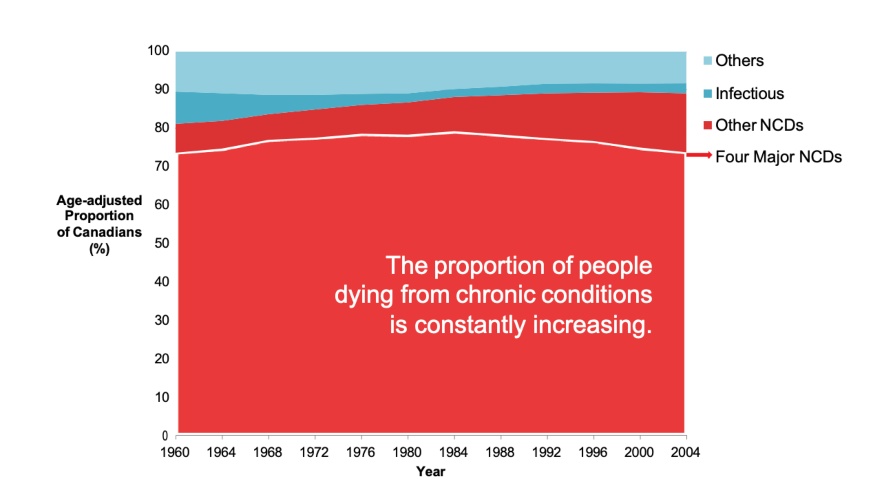
- Chronic diseases rates show a steady increase of 14% each year
- Three out of five Canadians above 20 have a chronic ailment
- Four out of five are at potential risk
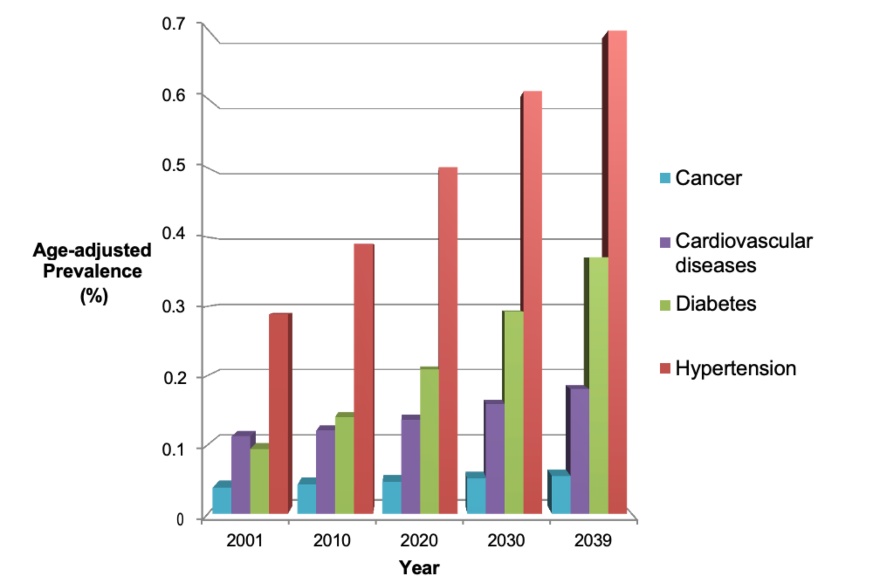
Obesity, on the rise, particularly among Canadian children, youth, and Aboriginal communities, drives the chronic disease epidemic.
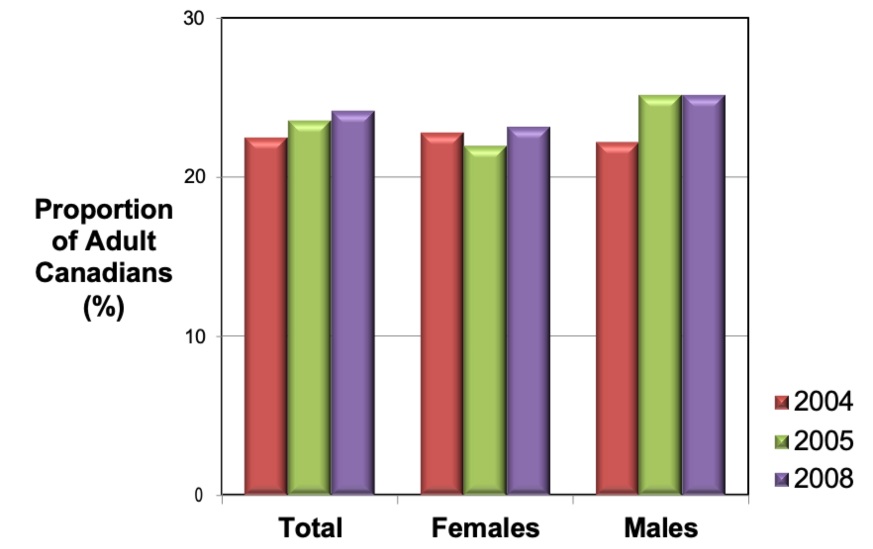
The Canadian population is shifting…
- The elderly population, currently at 14% of the population, is predicted to rise to nearly 25%, or 10 million individuals, by 2036.
- Increased lifespan has led to a surge in chronic diseases, typically associated with older age, including neurological disorders.
- Living with chronic diseases earlier in life
- Chronic disease rates are escalating faster among Canadians aged 35-64 years than among Canadians aged 65 years and over.
- More children are being diagnosed with chronic diseases typically seen in adults.
- Aboriginal communities face a higher risk.
- They are subjected to higher rates of illnesses such as heart disease, diabetes, cancer, and asthma.
- Aboriginal population growth is projected to outpace the 0.7% growth rate of the general population (1.8% annually).
…and chronic disease trends are shifting.
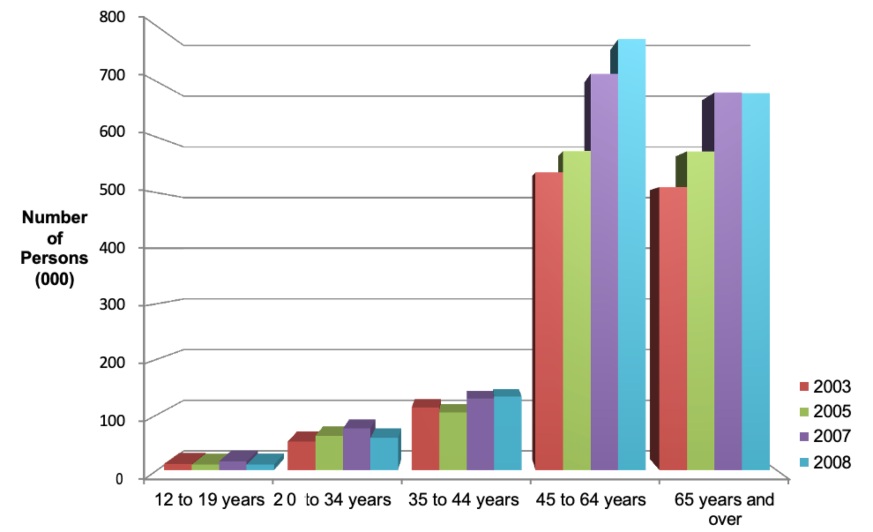
- More Canadians of working age are living with diabetes
- A yearly increase of 1% is observed in the 35-44-year-old age group
- A yearly increase of 1.5% is observed in the 45-64-year-old age group
We comprehend the progression to chronic ailments…
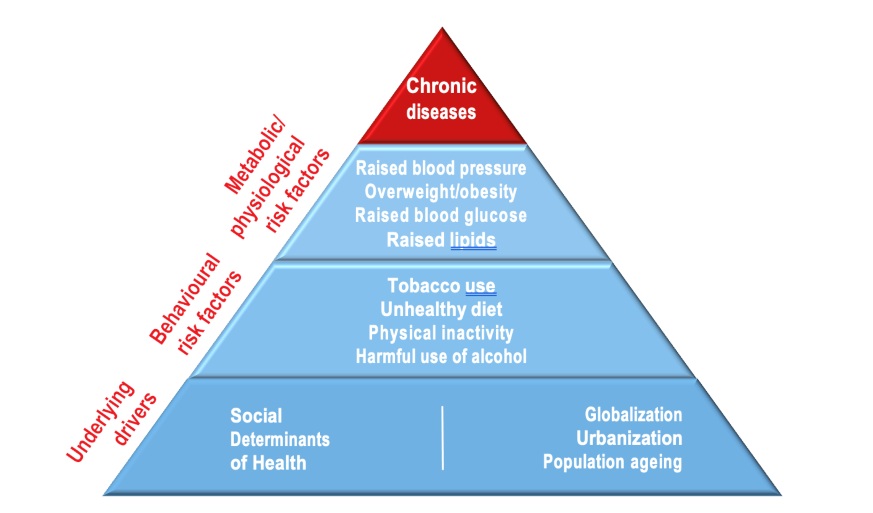
- 80% of heart disease, diabetes, and respiratory diseases, and 40% of cancers are preventable by eliminating four common risk factors
We are now witnessing the repercussions of chronic diseases.
Chronic diseases lead to:
- A surge in health service demands
- Workforce absenteeism
- Increasing productivity losses
- Escalating economic costs
Chronic diseases account for a significant proportion of direct healthcare costs.
- Treatment of chronic diseases gobbles up 67% of all direct health care costs, costing the Canadian economy a whopping $190 billion per year – $68 billion is designated for treatment, and the rest is lost productivity.
- Health expenditures to treat chronic diseases are outpacing our economic growth.
Health expenditures are surging relative to Canada’s GDP…
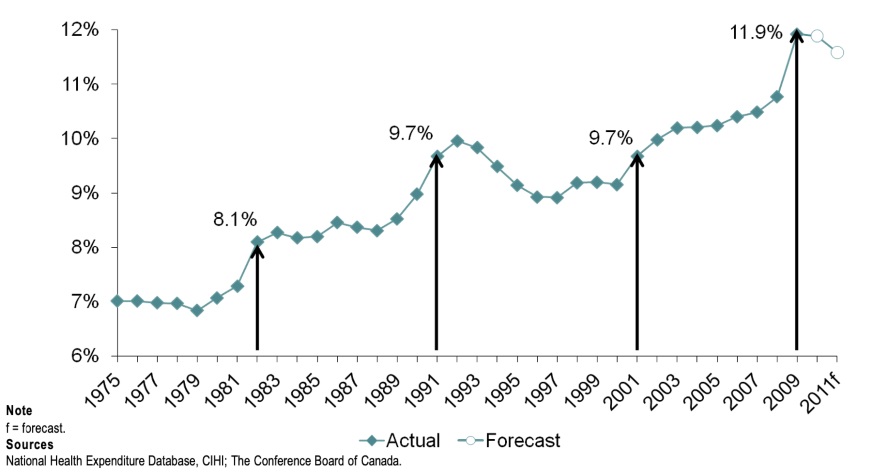
…and in British Columbia, health care costs are projected to rapidly eclipse other expenditures by 2017.
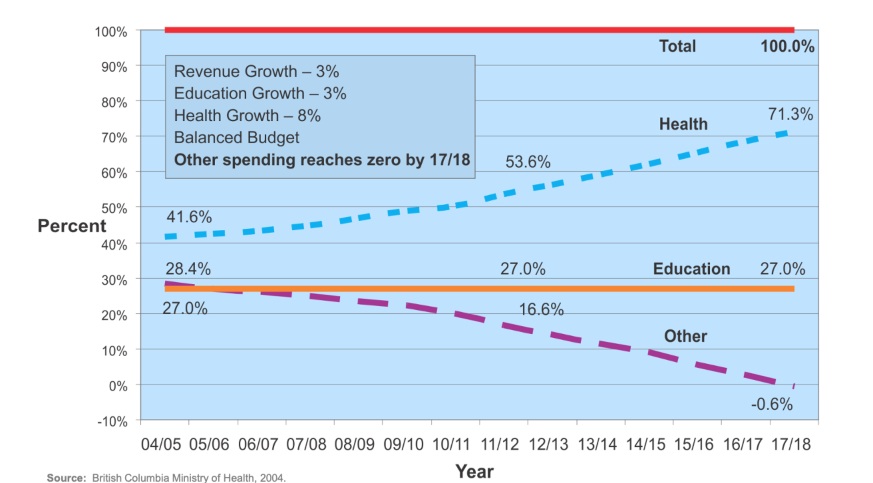
Collective resolve is the linchpin in the struggle to turn the tide.
The problems are manifold:
- Developing nations grapple with the twofold issue of malnutrition coupled with obesity
- An inescapable cycle ties poverty to chronic ailments
- Infectious diseases remain an incessant menace
- Curbing diseases demands a stratagem encompassing multiple sectors
Poverty is a paramount concern.
It breeds an environment conducive to chronic ailments due to:

- Exposure to and use of tobacco
- Nutritional inadequacies
- Insufficient physical exertion
- Detrimental alcohol consumption
- Compromised indoor air quality
- Hindered accessibility to healthcare
On the other side of the coin, chronic diseases spawn poverty due to:
- Diminished productivity
- Heightened risk of disabilities and untimely demise
- Augmented domestic expenditures
- Resisting the Proliferating Scourge of Disease
Collaboration is key to effective prevention, and we are laying the groundwork for vital collaborations to yield tangible outcomes.
Key partnerships include:
- Provinces/Territories
- Stakeholders
- International coalitions
While Canada boosts domestic investment…
Significant funding for disease-specific initiatives, comprehensive prevention guidance for primary caregivers, creating age-friendly communities, and increasing our understanding of neurological diseases and aging are just some of the steps being taken.
… it also joins hands with global counterparts to effect change.
Canada plays a key role in the international drive to prevent chronic diseases. This includes support for the UN’s Political Declaration and the WHO’s Global Action Plan for Prevention and Control of NCDs 2013-2020. Multi-sectoral action is a critical component of this approach.
Canada’s health policy hinges on public health strategies…
- Public health prioritizes preventive measures over treatment, endeavouring to maintain people’s well-being, security, and productivity by tackling immediate health risks such as infectious diseases and emergencies, as well as trends leading to such risks, for instance, obesity.
- The Public Health Agency of Canada, with its commitment to safeguard and advance the nation’s health, relies on leadership, collaboration, creativity, and proactive measures in public health.
- By fostering circumstances conducive to healthy aging, the onset of chronic ailments can be delayed or avoided altogether.
- Financial backing for research contributes to an enhanced understanding of diseases and the vast array of factors influencing health throughout the lifespan.
- Collaboration with diverse partners is integral to circulating information and tools that promote healthy aging and chronic disease prevention.
To put it briefly,
- The health and economic strain of a changing, aging demographic are not insurmountable. It is understood that with increased lifespan comes greater chronic disease risk, but these can be managed and prevented.
- Health promotion interventions have proven benefits for all age groups. Such initiatives not only enhance health behaviours and outcomes but also have a tangible impact on reducing healthcare costs.
- The simple truth is healthier people make fewer demands on healthcare services, enjoying a higher quality of life for longer.
It is crucial to acknowledge that public health is not a solitary health issue. Promotion and prevention are responsibilities shared by all of us, cutting across various sectors and levels of government.